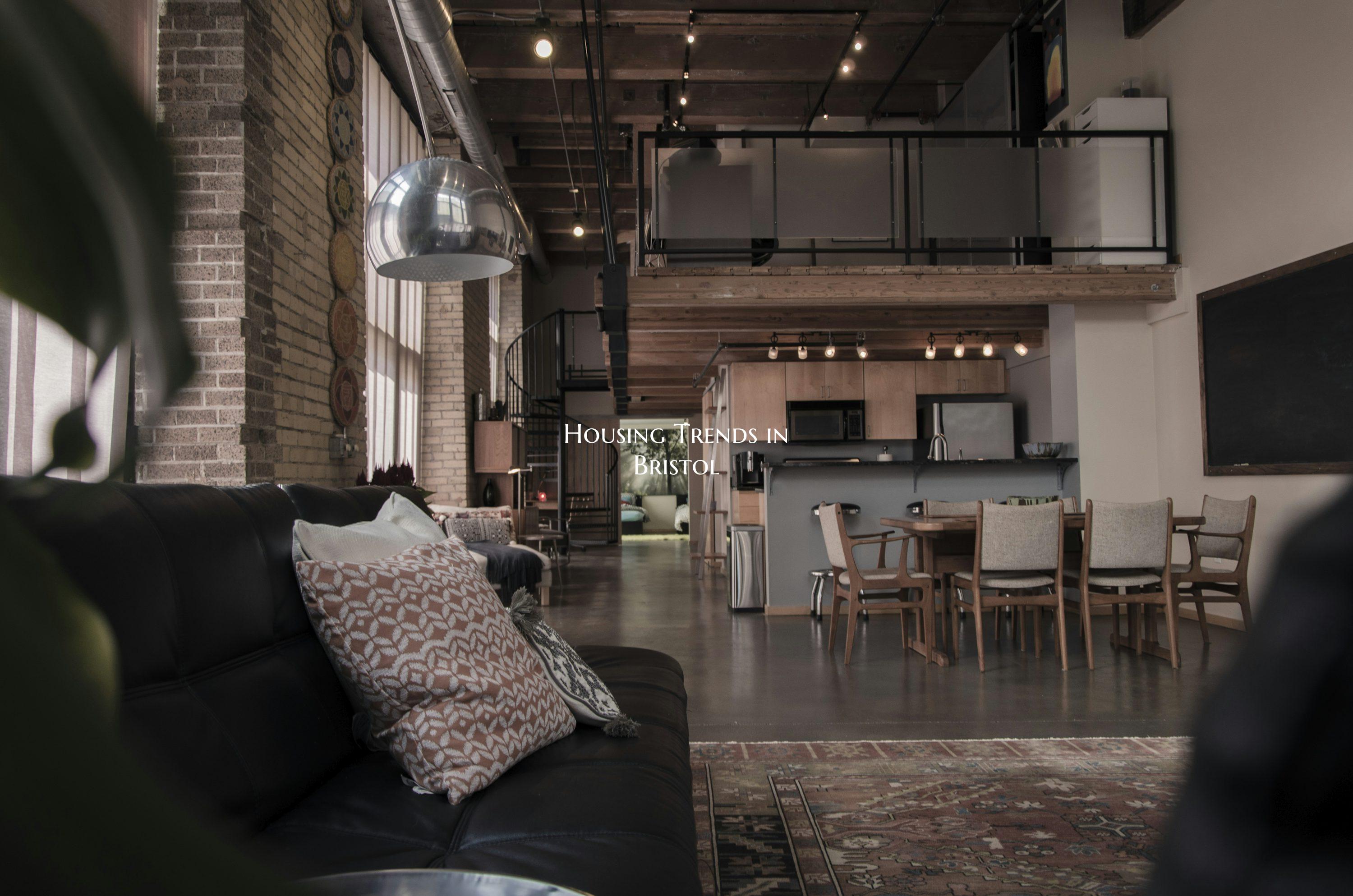Housing Trends in Bristol

Introduction:
Bristol, a vibrant city in the southwest of England, has seen a flurry of activity in its housing market in recent years. From the rise of modern developments to the revitalization of historic properties, the city's housing trends reflect the dynamic nature of its real estate landscape. In this article, we delve into the latest housing trends in Bristol to provide insight into the evolving preferences of homebuyers and the factors shaping the local property market.
1. Demand for Modern Residential Developments:
In line with the trend seen in many urban centers, Bristol has witnessed a growing demand for modern residential developments. These new-build properties offer a combination of contemporary design, high-specification amenities, and energy-efficient features that cater to the preferences of today's homebuyers. Areas such as Harbourside and Wapping Wharf have seen a surge in the development of waterfront apartments that offer stunning views and convenient access to the city's amenities.
2. Revival of Historic Properties:
While modern developments are on the rise, Bristol also has a rich heritage of historic properties that hold immense appeal for those seeking character and charm. The city's Georgian townhouses, Victorian terraces, and converted warehouses offer a glimpse into its architectural past and provide unique living spaces with period features. Renovation projects that preserve the historic integrity of these properties have become popular among buyers looking for a blend of tradition and modern comfort.
3. Focus on Sustainability and Eco-friendly Features:
As awareness of environmental issues grows, the housing trends in Bristol have also been influenced by a focus on sustainability and eco-friendly features. Homebuyers are increasingly looking for properties that incorporate energy-efficient technologies, such as solar panels, rainwater harvesting systems, and eco-friendly insulation. Developments that adhere to green building standards and promote sustainable living practices have gained prominence in the city's real estate market.
4. Shift towards Communal Living and Co-living Spaces:
Another emerging trend in Bristol's housing market is the shift towards communal living and co-living spaces. Young professionals, students, and renters are showing interest in shared accommodation models that offer a sense of community, shared facilities, and affordability. Co-living developments that provide private bedrooms with shared living areas, kitchens, and social spaces have gained popularity, catering to the changing lifestyles and preferences of urban residents.
5. Impact of Remote Work and Flexible Living Arrangements:
The rise of remote work and flexible living arrangements has also influenced the housing trends in Bristol. With more people opting for telecommuting and flexible work schedules, there is a growing interest in properties that offer home office spaces, high-speed internet connectivity, and adaptable layouts. Suburban areas surrounding Bristol have seen increased demand as buyers seek larger homes with outdoor spaces for remote work, schooling, and leisure activities.
Conclusion:
In conclusion, the housing trends in Bristol reflect a diverse range of preferences and lifestyle choices that define the city's real estate market. From modern developments to historic properties, sustainability initiatives to communal living spaces, the evolving landscape of housing in Bristol offers something for everyone. As the city continues to grow and evolve, it will be fascinating to see how these trends shape the future of housing in this vibrant urban center.
